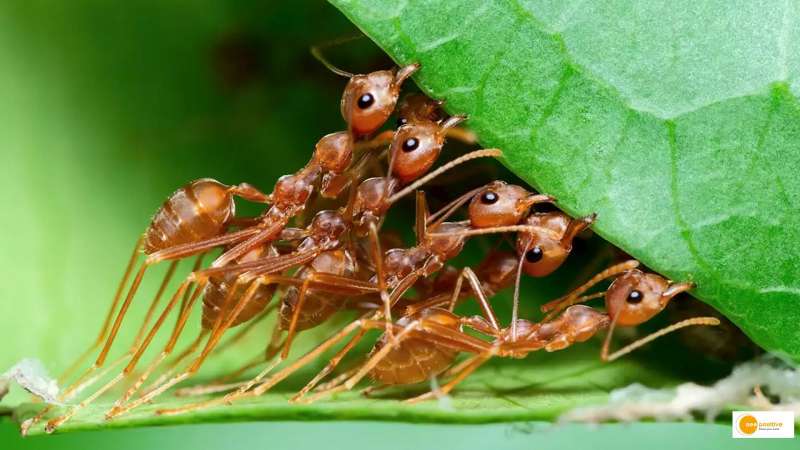

You don’t think anything when you see an ant crawling up a wall, do you? Let us tell you that there are 2.85 million ants on the planet for every human. How do we know this? According to a group of Hong Kong researchers, there are 20 quadrillion ants crawling all over the planet. Take your time with the number.
The researchers collected data from all over the world, compiling 489 studies, major biomes, and habitats before calculating the figure at 20 quadrillions. Not to mention the fact that their total biomass is 12 megatons of dry carbon.
Biomass of ants
Biomass is the total quantity or weight of organisms in a given area. While the biomass of ants goes up to 12 megatons, that of wild birds and mammals when combined is around 2 million tons. This exceeds the combined biomass of wild birds and mammals and equals 20% of human biomass.
According to the study, “ant abundance is distributed unevenly on Earth.” They are approximately six times more in the tropics than in other habitats. According to reports, ground-dwelling ants are concentrated in tropical and subtropical regions. However, they vary greatly between habitats.
“The density of leaf-litter ants is highest in forests, while the numbers of actively ground-foraging ants are highest in arid regions,” the study states.
The global map of ant abundance adds to our understanding of ant diversity geography. It also serves as a foundation for predicting ant responses to environmental changes that are currently affecting insect biomass.
Distinct effects of ants on environment
According to a previous study published in the journal of animal ecology, ants have two distinct effects on their local environment.
First, their nest-building and food-gathering activities have an impact on the soil’s nutrient levels.
Second, they prey on a wide variety of other animals, including larger prey that can be attacked by swarms of ant workers. Ants are voracious predators that attack in large numbers.


